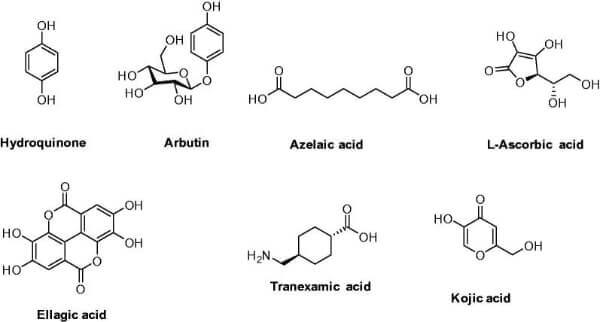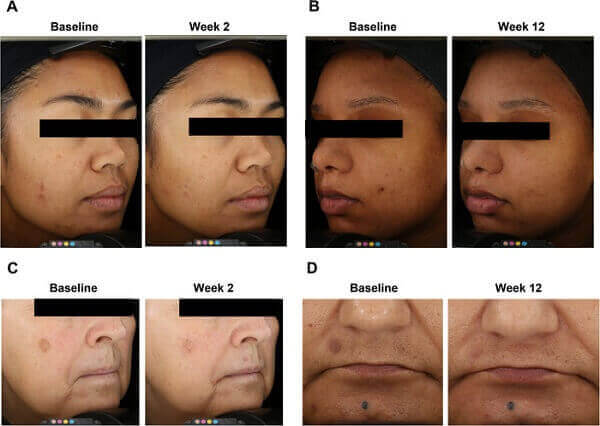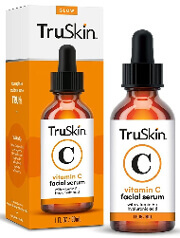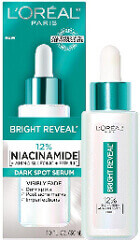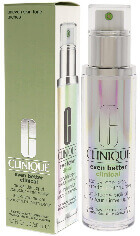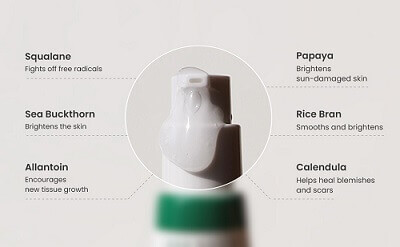Undereye dark circles (periorbital hyperpigmentation) are a common cosmetic concern in both men and women. Moreover, they are especially prevalent in people of color such as Indians and Africans.

While anyone can develop dark circles, individuals with darker skin tones are more prone to this problem, largely due to genetic factors. The problem can be further exacerbated by lack of quality sleep, a bad diet, dehydration, too much screen time and more.
Types of Dark Circles in People of Color
There are two main types of dark circles in people with brown or black skin tones:
- Pigmentary Dark Circles: These appear as brown or black discolorations and are primarily caused by hyperpigmentation. Meaning the overproduction of melanin in the skin around the eyes.
- Structural (Hollow) Dark Circles: These are caused by the loss of fatty tissue under the eyes, creating a shadow or groove that can accentuate darkness.
Why are People of Color more Susceptible to Periorbital Hyperpigmentation?
Darker skin contains more active melanocyte cells, which are responsible for melanin production. This makes people of color more susceptible to hyperpigmentation, including around the eyes. Additionally, the contrast between the under-eye area and the rest of the face can make dark circles more noticeable in individuals with deeper skin tones.
Key Causes of Dark Circles
While genetics are the primary cause of dark circles in people of color, other factors can also lead to more prominent undereye skin darkening. Among the main reasons include:
- Genetic: Many people of color inherit a predisposition to increased melanin production around the eyes. In addition, inherited anatomical features that promote shadowing under the eyes can also lead to prominent dark circles.
- Post-inflammatory Hyperpigmentation: The thin, sensitive skin around the eyes can easily react to inflammation from conditions such as eczema, allergies, or even frequent rubbing. Such irritation or injury can leave lingering dark marks around the eyes.
- Hormonal Changes: Hormonal fluctuations can stimulate melanin production, worsening dark circles.
- Sun Exposure: Despite the natural photoprotection offered by darker skin, excessive sun exposure can still trigger hyperpigmentation. This is especially true in the delicate thin under-eye area.
- Aging: As people age, the skin loses collagen and becomes thinner, making underlying blood vessels and pigmentation more visible. Fat loss under the eyes can also create hollows that accentuate darkness. This is true for people of all ethnicities and races.
- Lifestyle Factors: Fatigue, dehydration, a poor diet, stress and smoking can all contribute to the more prominent appearance of dark circles. However, these causes are almost always temporary in nature.
- Medical issues such as thyroid disorders and anemia, plus nutritional problems such as iron or vitamin K deficiency can also contribute.
Treatment Options
Topical agents such as vitamin C, retinoids, hydroquinone and niacinamide may help lighten hyperpigmentation around the eyes and brighten the surrounding area. But these ingredients must be used cautiously to avoid irritation, which can worsen pigmentation. Check out some of the non-prescription lightening creams that contain these ingredients. Chemical peels or laser therapies can help but require expertise to prevent burns or scarring in darker skin.
For structural causes, dermal fillers or fat grafting may help restore lost volume. It is also imperative to take care of your diet, drink plenty of water, get sufficient amounts of quality sleep every night, and manage overall stress. Also avoid excessive exposure to direct UV sunlight. The use of sunscreen is critical. Consulting a dermatologist experienced in treating skin of color can help identify the most appropriate strategies for reducing the appearance of dark circles.
For allergies or eczema, the use of antihistamines and gentle moisturizers can minimize inflammation. The use of makeup and color-correcting concealers in peach or orange tones can also neutralize darkness in people of color.
